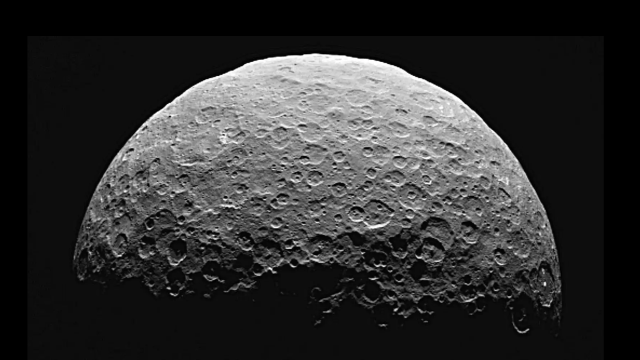Asteroids come in all shapes and sizes; some are large enough to earn the title of dwarf planet, while others are about ostrich-sized. These wandering rocks are incredibly important objects for scientists seeking information about the formation of the solar system and even life on Earth. Some meteorites (the space rocks that fall to Earth) contain amino acids, and plenty of asteroids contain evidence that they once carried water. The history of life on Earth could be chalked up to a couple lucky fallen rocks, in theory.
We’ve visited only a few asteroids to date, but NASA is working on changing that. It launched the Lucy spacecraft last year, which is exploring Jupiter’s Trojan asteroids, a mission that will bring us a whole new understanding of these strange objects. Lucy has already returned some epic postcards (click through to this article to see them) and Lucy is expected to reach the Trojan asteroids in 2027.
2027 is a little way off, but Lucy will be sending us some more goodies along the way. Until then, we’ll have to keep ourselves busy with the space rocks we’ve already seen up close.
Ceres
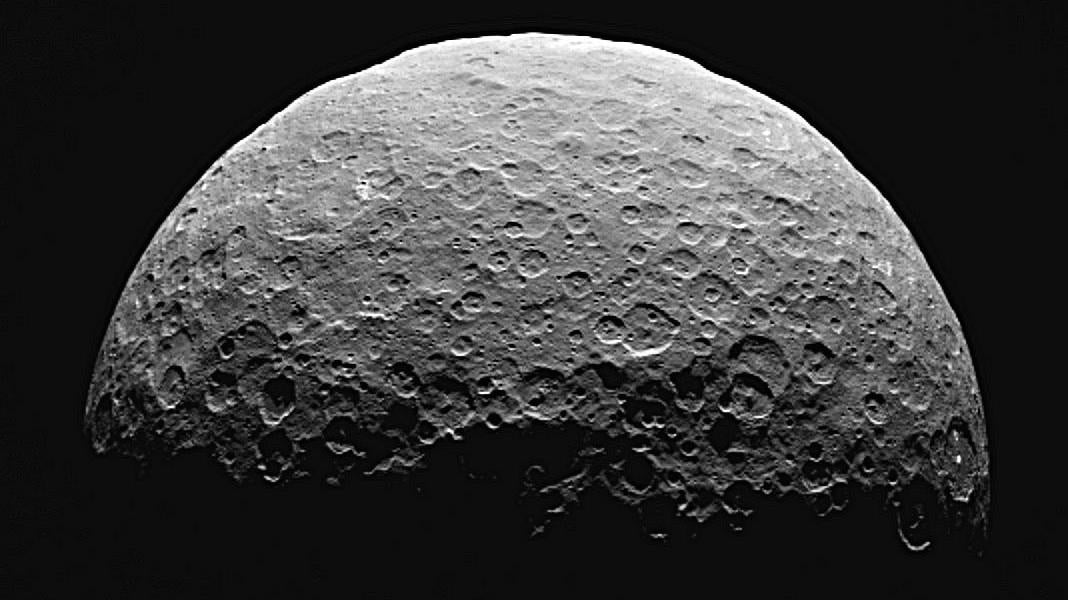
Ceres is gargantuan as far as asteroids go, making up 25% of the asteroid belt between Mars and Jupiter all by itself. In fact, Ceres is now classified as a dwarf planet and was visited by the spacecraft Dawn in 2015. That trip gave researchers fantastic imagery of the spherical object, one that still has water — making it a particularly intriguing candidate for life.
2014 JO25

The Apollonian asteroid 2014 JO25 is an oddly shaped space rock that rotates once about every 4.5 hours. It was observed up close in April 2017 by the since-destroyed Arecibo Observatory, when the object was just over a million miles from Earth, the closest it’ll be for four centuries. The observations offer a unique perspective to what life is like for a space rock: Seemingly statuesque in still imagery, these objects are actually hurtling through space at breakneck speeds, rotating all the while.
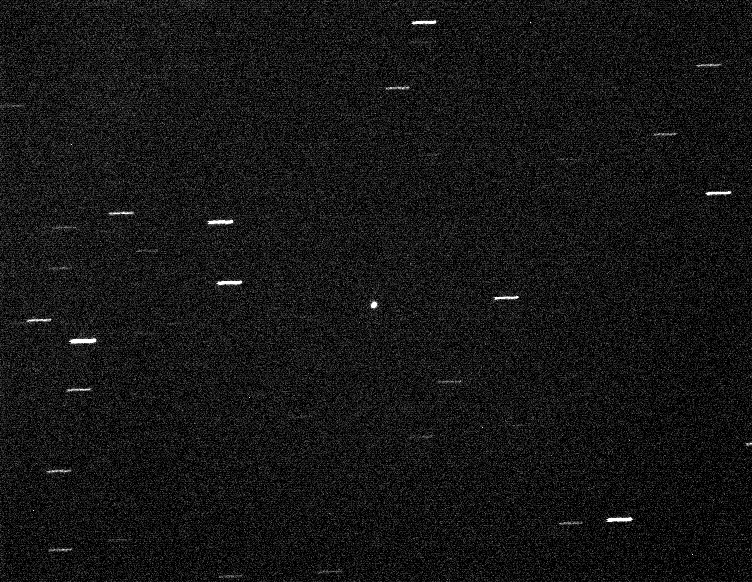
Vesta
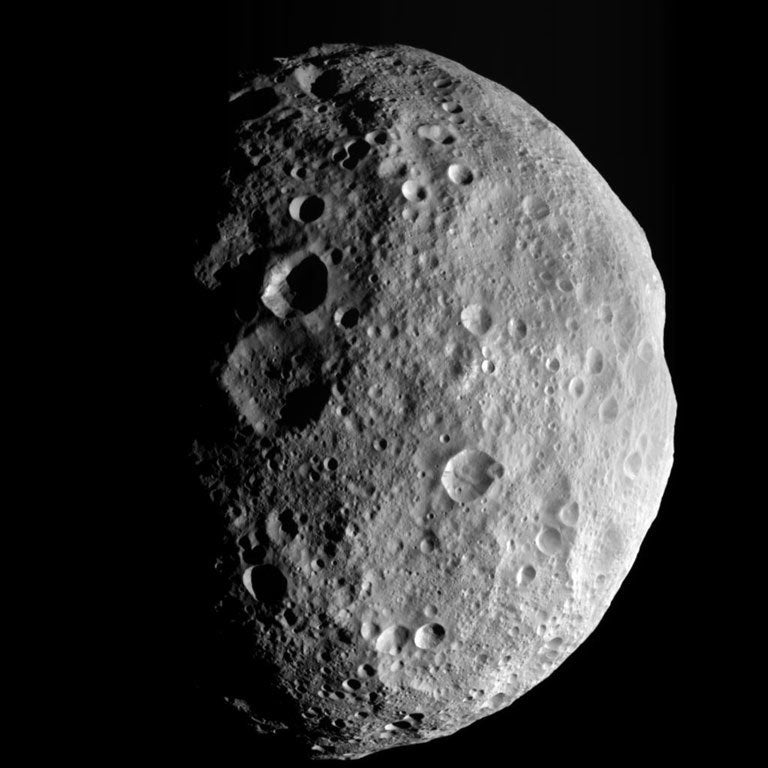
If you look too quickly, you could mistake Vesta for the moon. The second-largest object in the asteroid belt after Ceres, Vesta was also visited by Dawn. It’s unique from other asteroids in that it has its own crust, mantle, and core, which scientists think is because the asteroid is so old.
Eros

Eros was the first near-Earth asteroid to be discovered, turning up accidentally on a photograhic plate in 1898. It was also the first asteroid to be imaged by an orbiting spacecraft, having been subject to a photoshoot by the NEAR spacecraft in 1998, a century after its discovery. And to make it a trifecta of firsts, the spacecraft also landed on Eros in 2001 — the first landing of a spacecraft on an asteroid — allowing astronomers to use Eros to calculate the astronomical unit, a well-used yardstick for the Solar System.
Bennu

Bennu has dominated headlines for the last couple of years thanks to the ongoing OSIRIS-REx mission. That ongoing seven-year mission has seen a spacecraft orbit Bennu, extract samples from it, and begin its journey back to Earth. Should the mission be completed successfully, it’ll be the largest amount of extraterrestrial material brought to Earth since the Apollo missions, and the samples are sure to reveal new clues to the history of the solar system, if not the origin of life.
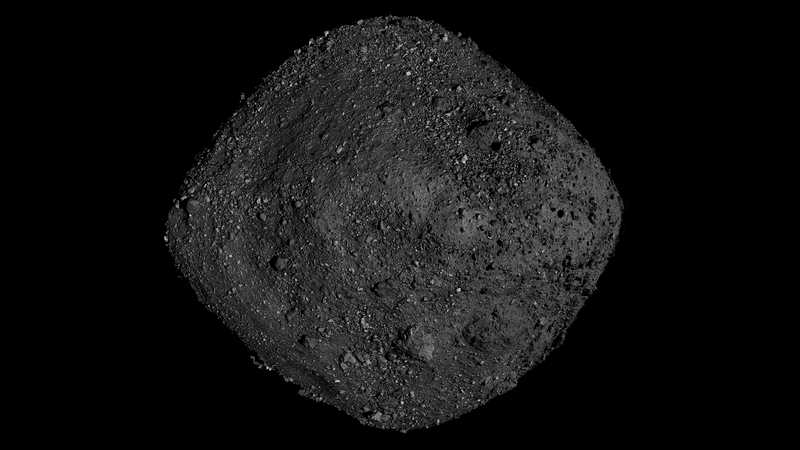
Ida
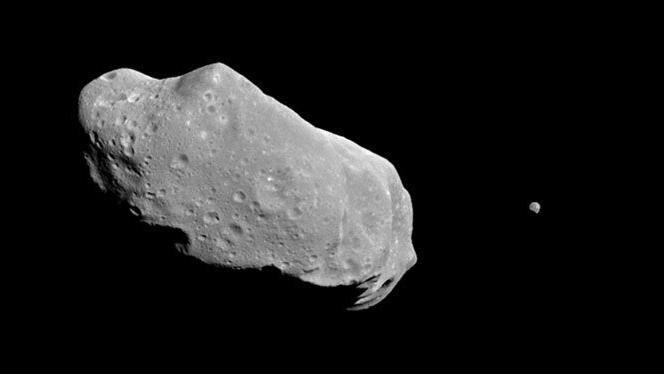
Ida is the first asteroid known to have its own moon, a little piece of rock named Dactyl. It’s thought to be a piece of debris from an ancient collision between two larger objects. Ida (and Dactyl, the discovery of which was somewhat fortuitous) are part of the Koronis family of asteroids in the main belt between Mars and Jupiter.
Gault
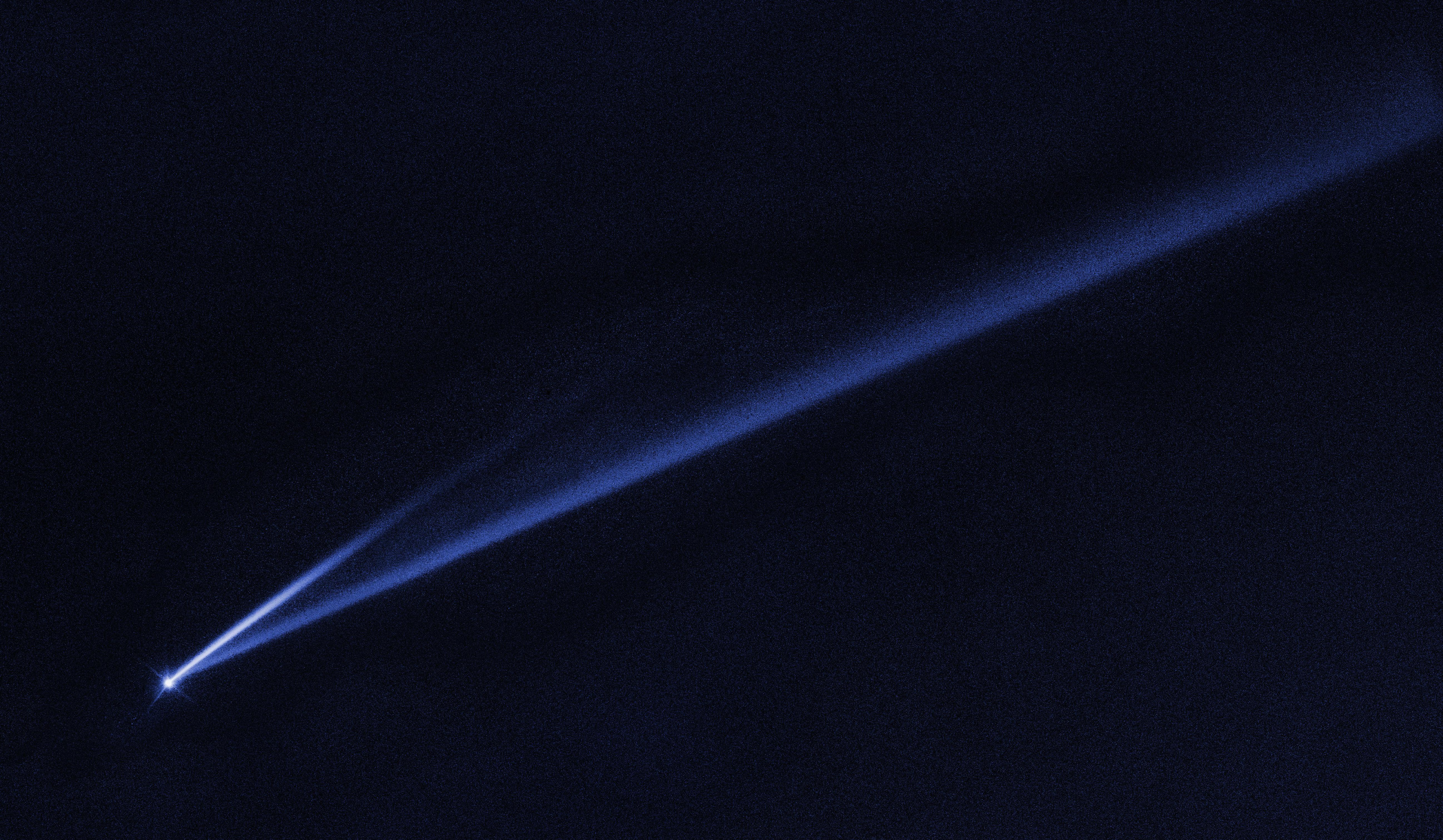
In 2019, the Hubble Space Telescope captured something astonishing: the destruction a 5 km-wide asteroid named Gault, which was ejecting huge streams of dust in its wake. Though this drama could have begun a long time ago — on the order of a hundred million years — these events can pick up steam as they go on. Gault is not yet gone, but we’re lucky to have gotten a peek at it through Hubble as it completes its last dance.
Comet 67P/Churyumov–Gerasimenko
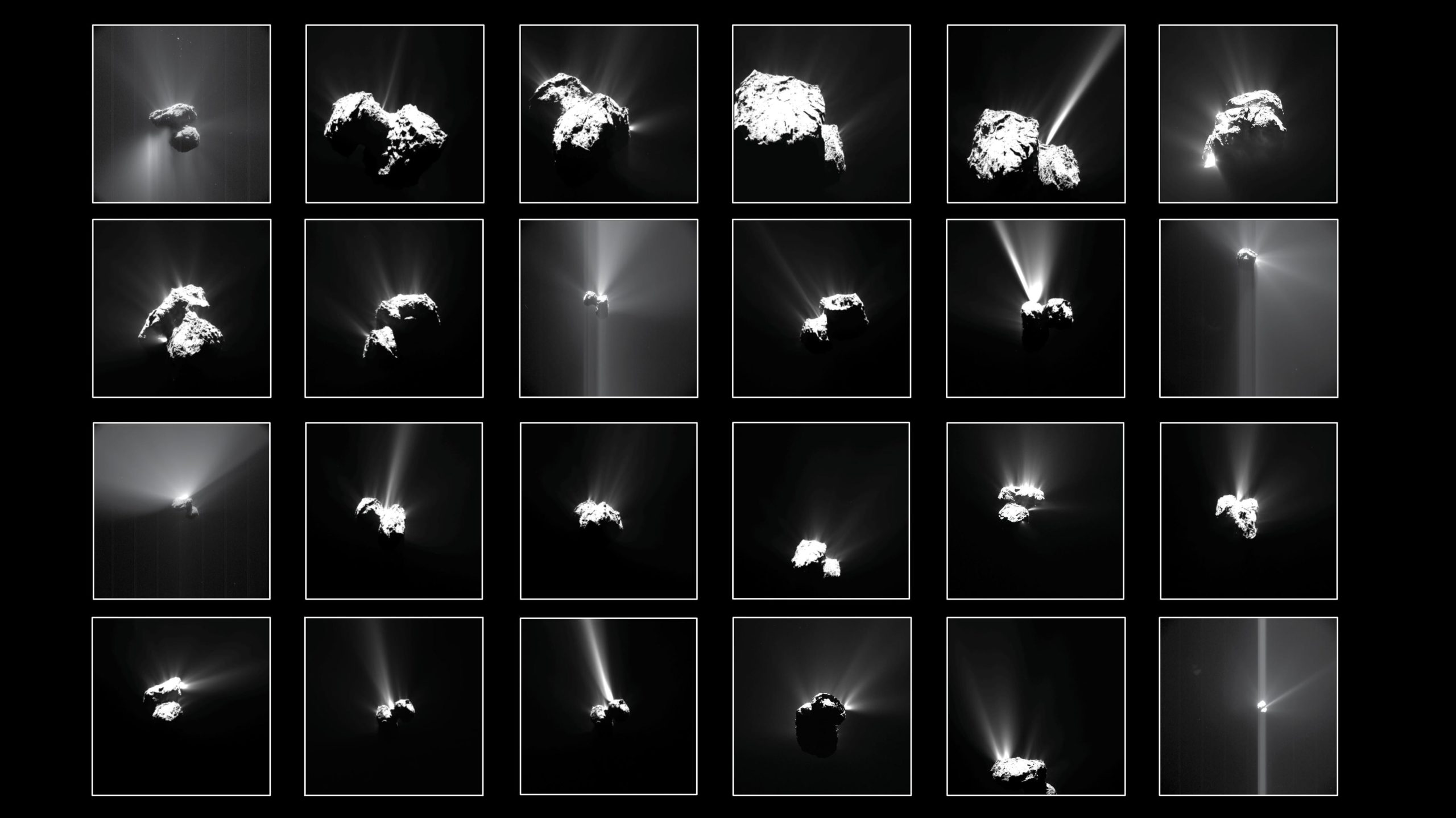
OK, so this last slide isn’t actually an asteroid. But it’s so extremely cool that we’re making an exception. Comet 67P/Churyumov–Gerasimenko was actually landed on in 2014 by the ESA spacecraft Philae, part of the Rosetta probe, and the imagery is unbelievable. Dust and debris filter around the comet, making it look like a snowy mountaintop.
Amazing time-lapse of images from the #Rosetta probe flying 13km above Comet 67P. A mix of stars, dust and ice particles, space debris. Stitched together/credit: Jacint Roger Perez pic.twitter.com/z1GDICfoNN
— Project Adrift (@ProjectAdrift) April 28, 2018
This article has been updated since it was first published.
